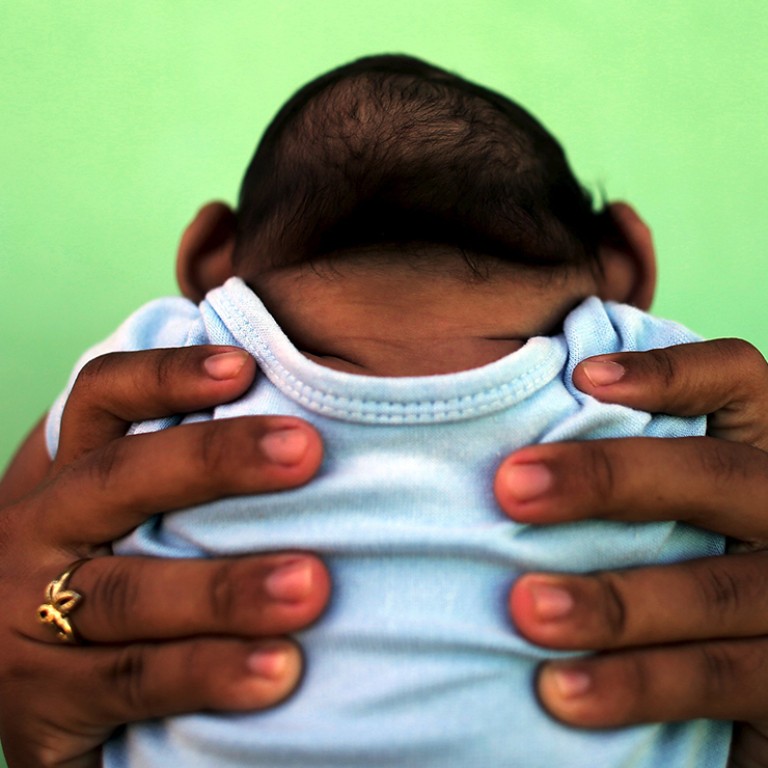
In pictures: Zika virus and the human face of a potential epidemic
Photographs from EPA, Reuters, AP and Xinhua show the many aspects of the virus, its complications and effects and the attempts of authorities to deal with the mosquitoes that carry it.
Its rapid spread across Latin America has set alarm bells ringing around the world, with health authorities warning of a global epidemic.
Although the Zika virus has been known for some decades and its effects on people are in general mild, growing but as yet unproven evidence that it can cause birth defects in unborn babies if contracted by mothers during pregnancy prompted the WHO to declare a global public health emergency.
Several countries have warned women not to get pregnant to avoid any risk of microcephaly, a rare condition in which babies are born with head and brain abnormalities.
Photographs from EPA, Reuters, AP and Xinhua show the many aspects of the virus, its complications and effects and the attempts of authorities to deal with the mosquitoes that carry it.


